42 change factor labels in r
R: Change labels of factors or labelled objects Details. This function changes the names or labels of x according to the remaining arguments. If gsub is FALSE, argument tags are the old labels, the values are the new labels. If gsub is TRUE, arguments are substrings of the labels that are substituted by the argument values.. Function relabel is S3 generic. If its first argument is an S4 object, it calls the (internal) relabel4 generic function. set_labels function - RDocumentation This function adds labels as attribute (named "labels" ) to a variable or vector x, resp. to a set of variables in a data frame or a list-object. A use-case is, for instance, the sjPlot-package, which supports labelled data and automatically assigns labels to axes or legends in plots or to be used in tables.
How to Rename Factor Levels in R? - GeeksforGeeks Method 1: Using the base R method. The factor levels can be renamed using the comparison and indexing operators. The existing factor value is compared and then modified by assigning it to a new value. The changes are made to the existing factor vector. The following syntax is followed : Syntax: levels(fac-vec)[levels(fac-vec)==old-val] <- new-val

Change factor labels in r
Change Legend Labels of ggplot2 Plot in R (2 Examples) Example 1: Change Legend Labels of ggplot2 Plot Using scale_color_manual Function. Example 1 explains how to adjust the legend items using the scale_color_manual function of the ggplot2 package: ggp + # Modify labels and colors scale_color_manual ( labels = c ("Group 1", "Group 2", "Group 3") , values = c ("red", "blue", "green")) How To Change the X or Y Axis Scale in R - Alphr There are several ways to change the X and Y axis scale in base R. Most people rely on the ylim () and xlim () functions. The following example shows how they work: #define data df<- data.frame... Getting Started with R - Part 7: Factors - Levels and Labels You can set the levels labels after constructing a factor. This would be similar to passing in the labels parameter. We can pass a full new vector or just labels the labels of the levels selectively. Let us just change factor label 1 from "Jack" to "Mr. Prelutsky". levels(repeat_factor_labeled) [1] <- "Mr. Prelutsky" repeat_factor_labeled
Change factor labels in r. 15.10 Changing the Names of Factor Levels - R Graphics It's also possible to rename factor levels by position, but this is somewhat inelegant: sizes <- factor ( c ( "small" , "large" , "large" , "small" , "medium" )) levels (sizes)[ 1 ] <- "L" sizes #> [1] small L L small medium #> Levels: L medium small # Rename all levels at once levels (sizes) <- c ( "L" , "M" , "S" ) sizes #> [1] S L L S M #> Levels: L M S The best way to attach labels to numeric variables Factor works but the script gets really long and it takes a very long time to read the data in. Using the forcats package you can get the unique factor levels for a set of observations by converting to factor after you've read in the data with as_factor().. Once you've read your data in, you can recode the factors with their labels, if you so choose (see thread below). Changing the order of levels of a factor - cookbook-r.com You want to change the order in which the levels of a factor appear. Solution. Factors in R come in two varieties: ordered and unordered, e.g., {small, medium, large} and {pen, brush, pencil}. For most analyses, it will not matter whether a factor is ordered or unordered. If the factor is ordered, then the specific order of the levels matters ... Renaming levels of a factor - cookbook-r.com It's possible to rename factor levels by name (without plyr), but keep in mind that this works only if ALL levels are present in the list; if any are not in the list, they will be replaced with NA. # Rename all levels, by name x <- factor ( c ( "alpha" , "beta" , "gamma" , "alpha" , "beta" )) levels ( x ) <- list ( A = "alpha" , B = "beta" , C = "gamma" ) x #> [1] A B C A B #> Levels: A B C
Quick-R: Value Labels To understand value labels in R, you need to understand the data structure factor. You can use the factor function to create your own value labels. # variable v1 is coded 1, 2 or 3. # we want to attach value labels 1=red, 2=blue, 3=green. mydata$v1 <- factor (mydata$v1, levels = c (1,2,3), labels = c ("red", "blue", "green")) How to Change GGPlot Labels: Title, Axis and Legend - Datanovia Add titles and axis labels. In this section, we'll use the function labs() to change the main title, the subtitle, the axis labels and captions. It's also possible to use the functions ggtitle(), xlab() and ylab() to modify the plot title, subtitle, x and y axis labels. Add a title, subtitle, caption and change axis labels: How to Change the Levels of a Factor in R - ProgrammingR Perhaps the machine factor levels would be far easier to understand if we called them Low, Medium, and High. We can accomplish this with a simple vector operation. # Change the Levels of a Factor in R levels (warpbreaks$tension) <- c ("Low","Medium","High") # validate that we renamed the factor levels in R > levels (warpbreaks$tension) [1] "Low" ... Convert 'haven labelled' to factor. - RStudio Community There are about 980 columns in total, and I want to convert them to factors while preserving the labels e.g. yes/no. I tried the as.factor (df) command, but it is not working. > class (df$smoke) [1] "haven_labelled" [2] "vctrs_vctr" [3] "double" Please suggest to me if you know of any method to do this. Thank you in advance!
Factor in R: Categorical Variable & Continuous Variables - Guru99 Categorical variables in R are stored into a factor. Let's check the code below to convert a character variable into a factor variable in R. Characters are not supported in machine learning algorithm, and the only way is to convert a string to an integer. Syntax. factor(x = character(), levels, labels = levels, ordered = is.ordered(x)) Arguments: Change Labels of ggplot2 Facet Plot in R (Example) - Statistics Globe Let's do this: data_new <- data # Replicate data levels ( data_new$group) <- c ("Label 1", "Label 2", "Label 3") # Change levels of group We have created a new data frame called data_new that contains different factor levels. Now, we can apply basically the same ggplot2 code as before to our new data frame. How to Rename Factor Levels in R using levels() and dplyr - Erik Marsja The simplest way to rename multiple factor levels is to use the levels() function. For example, to recode the factor levels "A", "B", and "C" you can use the following code: levels(your_df$Category1) <- c("Factor 1", "Factor 2", "Factor 3"). This would efficiently rename the factors "Factor 1" and so on. How to Reorder Factor Levels in R (With Examples) - Statology If we then want to create a barplot in R and order the bars based on the factor levels of region, we can use the following syntax: #re-order data frame based on factor levels for region df <- df[order (levels (df$region)),] #create barplot and place bars in order based on factor levels for region barplot (df$sales, names =df$region)
Modify axis, legend, and plot labels using ggplot2 in R By default, R will use the variables provided in the Data Frame as the labels of the axis. We can modify them and change their appearance easily. The functions which are used to change axis labels are : xlab( ) : For the horizontal axis. ylab( ) : For the vertical axis. labs( ) : For both the axes simultaneously.
How to Rename and Relevel Factors in R - Predictive Hacks A "special" data structure in R is the "factors". We are going to provide some examples of how we can rename and relevel the factors. For the next examples, we will work with the following data
Variable and value labels support in base R and other packages Every function which internally converts variable to factor will utilize labels. Labels will be preserved during variables subsetting and concatenation. Additionally, there is a function ( use_labels) which greatly simplify variable labels usage. See examples below. Getting and setting variable and value labels
How to Change GGPlot Facet Labels - Datanovia Change the text of facet labels Facet labels can be modified using the option labeller, which should be a function. In the following R code, facets are labelled by combining the name of the grouping variable with group levels. The labeller function label_both is used. p + facet_grid (dose ~ supp, labeller = label_both)
Add, replace or remove value labels of variables — add_labels remove_labels () is the counterpart to add_labels () . It removes labels from a label attribute of x . replace_labels () is an alias for add_labels (). See also set_label to manually set variable labels or get_label to get variable labels; set_labels to add value labels, replacing the existing ones (and removing non-specified value labels).
R Factor and Factor Levels: How to Create Factors in R - R-Lang fct = factor (x = character (), levels, labels = levels, exclude = NA, ordered = is.ordered (x), nmax = NA) Parameters The factor () function takes the following parameters. x takes x as a vector as a parameter. levels It is an optional vector of the unique values that x might have taken.
Renaming labels of a factor in R - Stack Overflow Add a comment. -1. To change all the factor labels with one function, you can use forcats::fct_relabel ( forcats ships as part of the tidyverse, which you've already got loaded). The changed factor labels will carry over to the plot facets and the order stays the same. First few entries:
FACTOR in R [CREATE, CHANGE LABELS and CONVERT data] - R CODER On the one hand, the labels argument allows you to modify the factor levels names. Hence, the labels argument it is related to output. Note that the length of the vector passed to the labels argument must be of the same length of the number of unique groups of the input vector. factor(gender, labels = c("f")) Output f f f f Levels: f
R: Add value labels to variables Usage set_labels ( x, ..., labels, force.labels = FALSE, force.values = TRUE, drop.na = TRUE ) val_labels (x, ..., force.labels = FALSE, force.values = TRUE, drop.na = TRUE) Arguments Value x with value label attributes; or with removed label-attributes if labels = "".
How to Rename Factor Levels in R (With Examples) - Statology There are two methods you can use to rename factor levels in R: Method 1: Use levels() from Base R. levels(df$col_name) <- c(' new_name1 ', ' new_name2 ', ' new_name3 ') Method 2: Use recode() from dplyr package
Getting Started with R - Part 7: Factors - Levels and Labels You can set the levels labels after constructing a factor. This would be similar to passing in the labels parameter. We can pass a full new vector or just labels the labels of the levels selectively. Let us just change factor label 1 from "Jack" to "Mr. Prelutsky". levels(repeat_factor_labeled) [1] <- "Mr. Prelutsky" repeat_factor_labeled
How To Change the X or Y Axis Scale in R - Alphr There are several ways to change the X and Y axis scale in base R. Most people rely on the ylim () and xlim () functions. The following example shows how they work: #define data df<- data.frame...
Change Legend Labels of ggplot2 Plot in R (2 Examples) Example 1: Change Legend Labels of ggplot2 Plot Using scale_color_manual Function. Example 1 explains how to adjust the legend items using the scale_color_manual function of the ggplot2 package: ggp + # Modify labels and colors scale_color_manual ( labels = c ("Group 1", "Group 2", "Group 3") , values = c ("red", "blue", "green"))




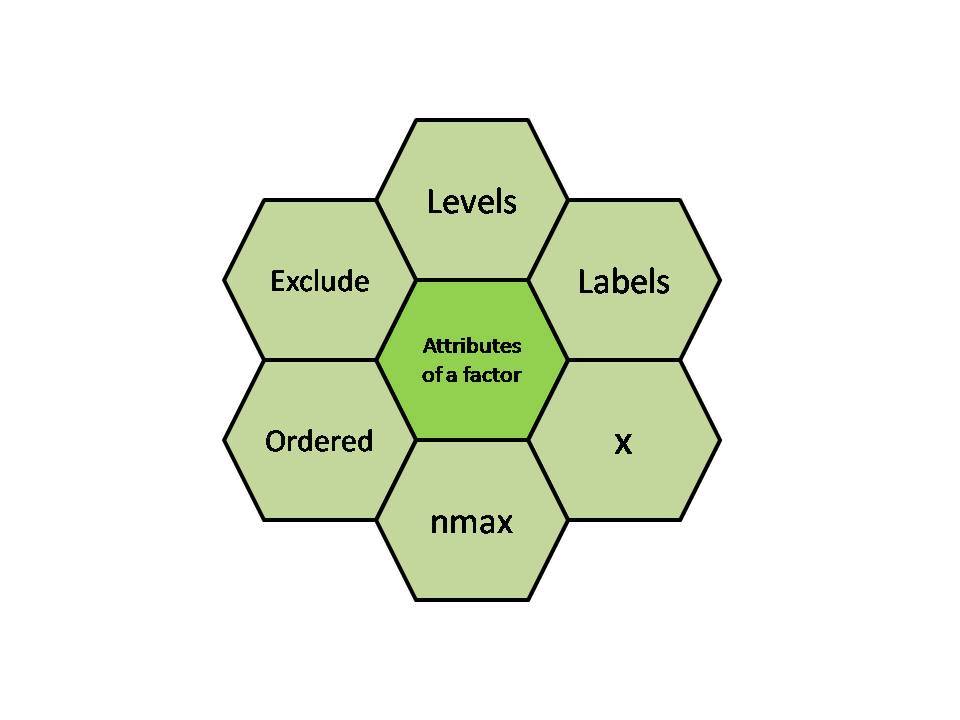




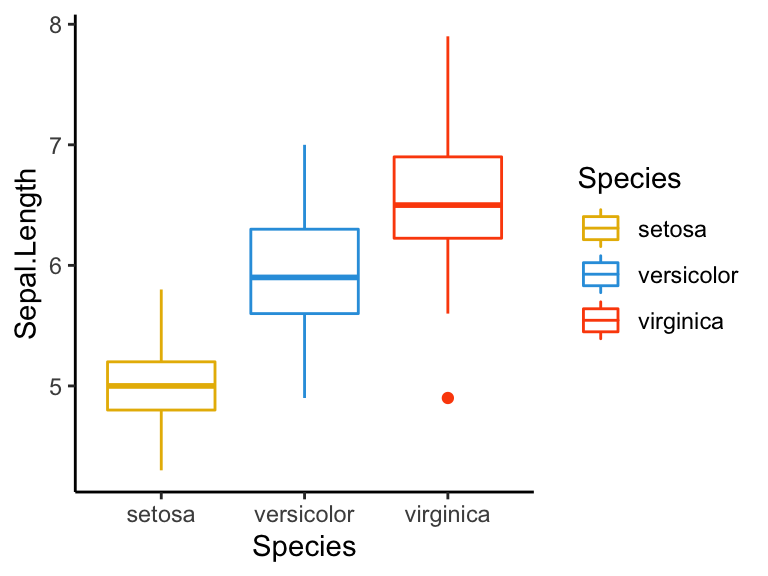
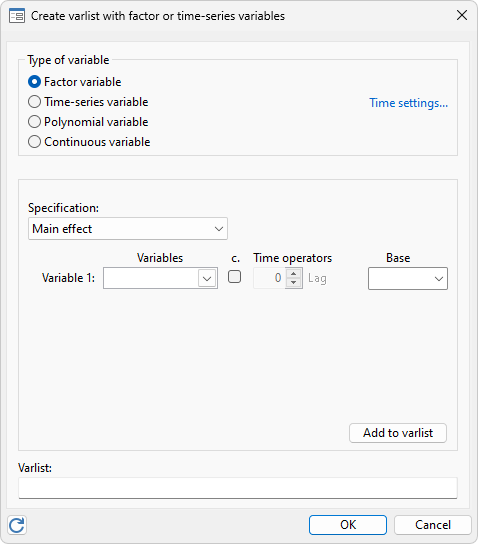



![FACTOR in R ▷ [CREATE, CHANGE LABELS and CONVERT data]](https://r-coder.com/wp-content/uploads/2020/06/Introduction-to-Statistical-Learning.png)
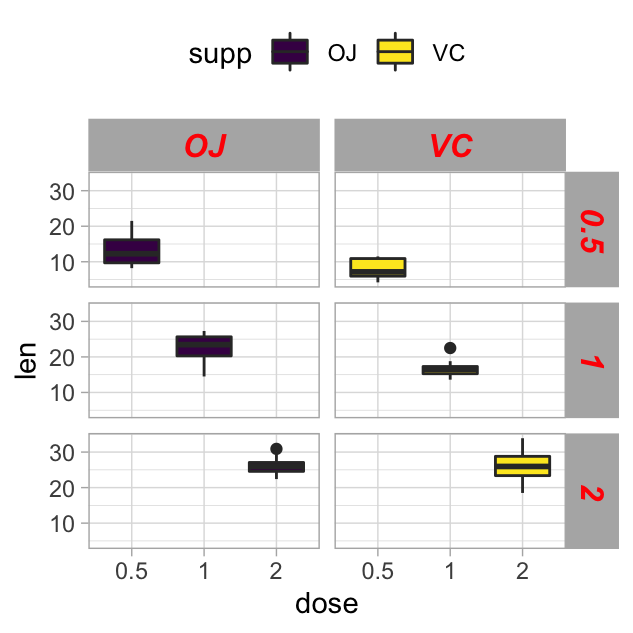
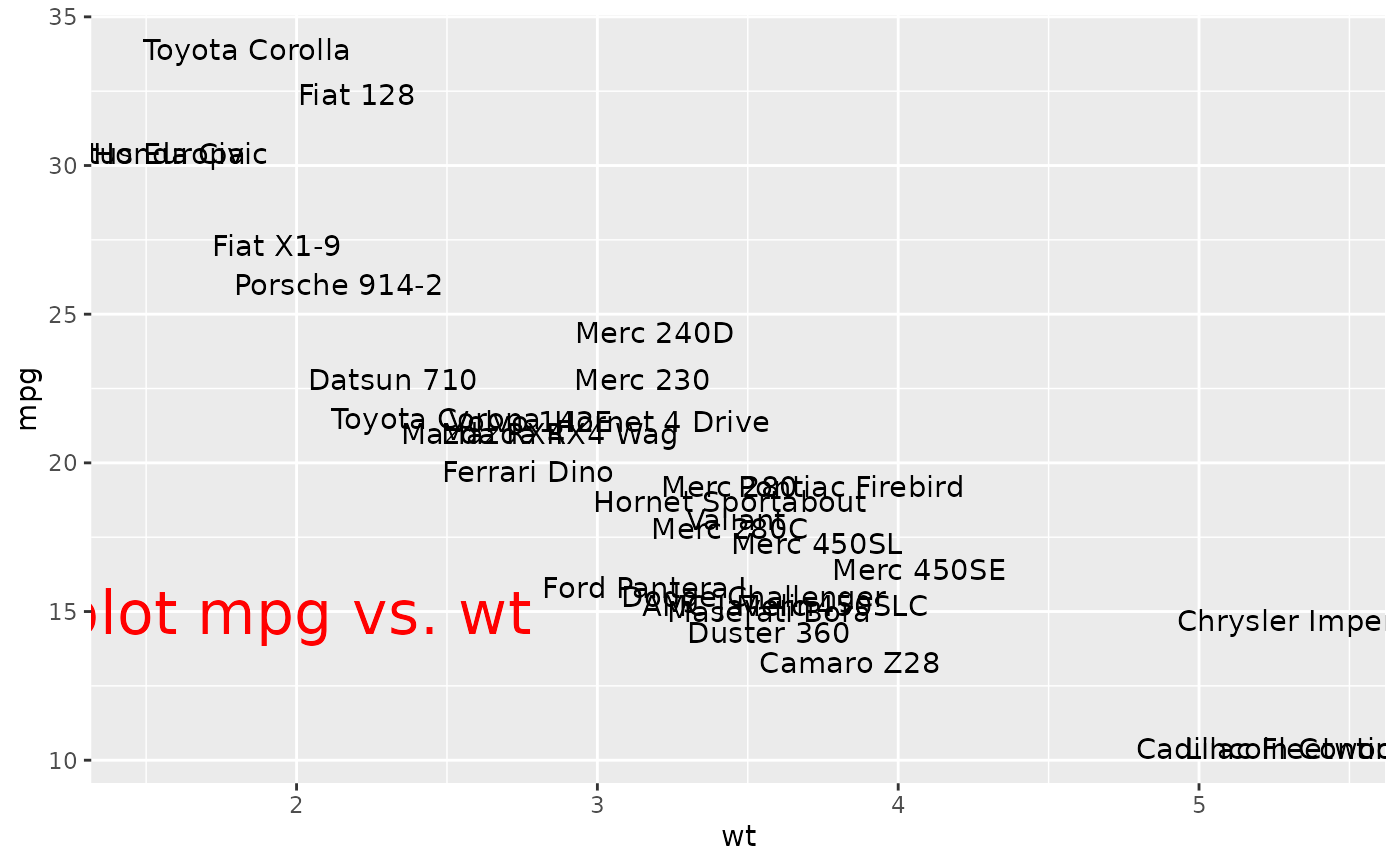

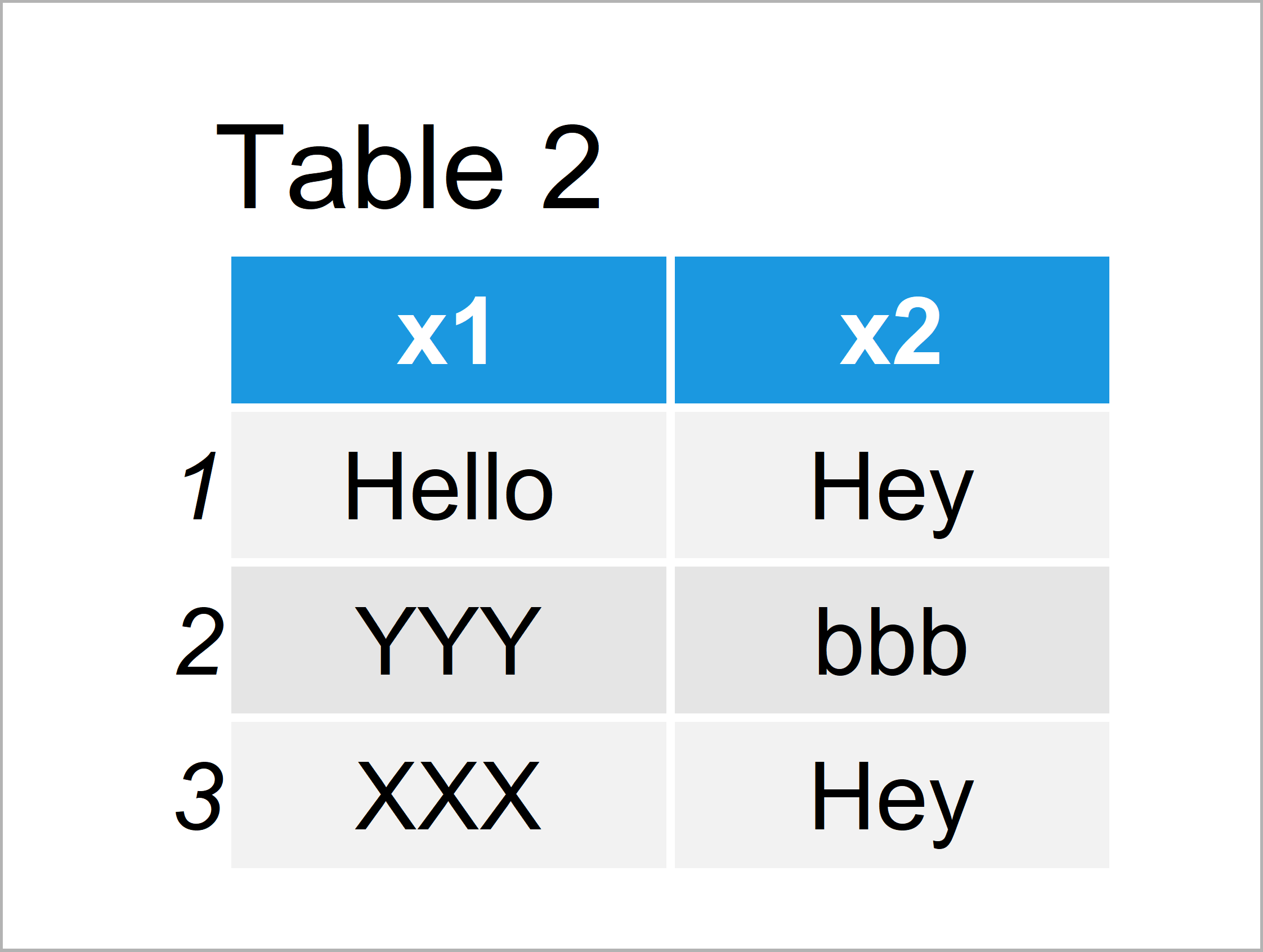


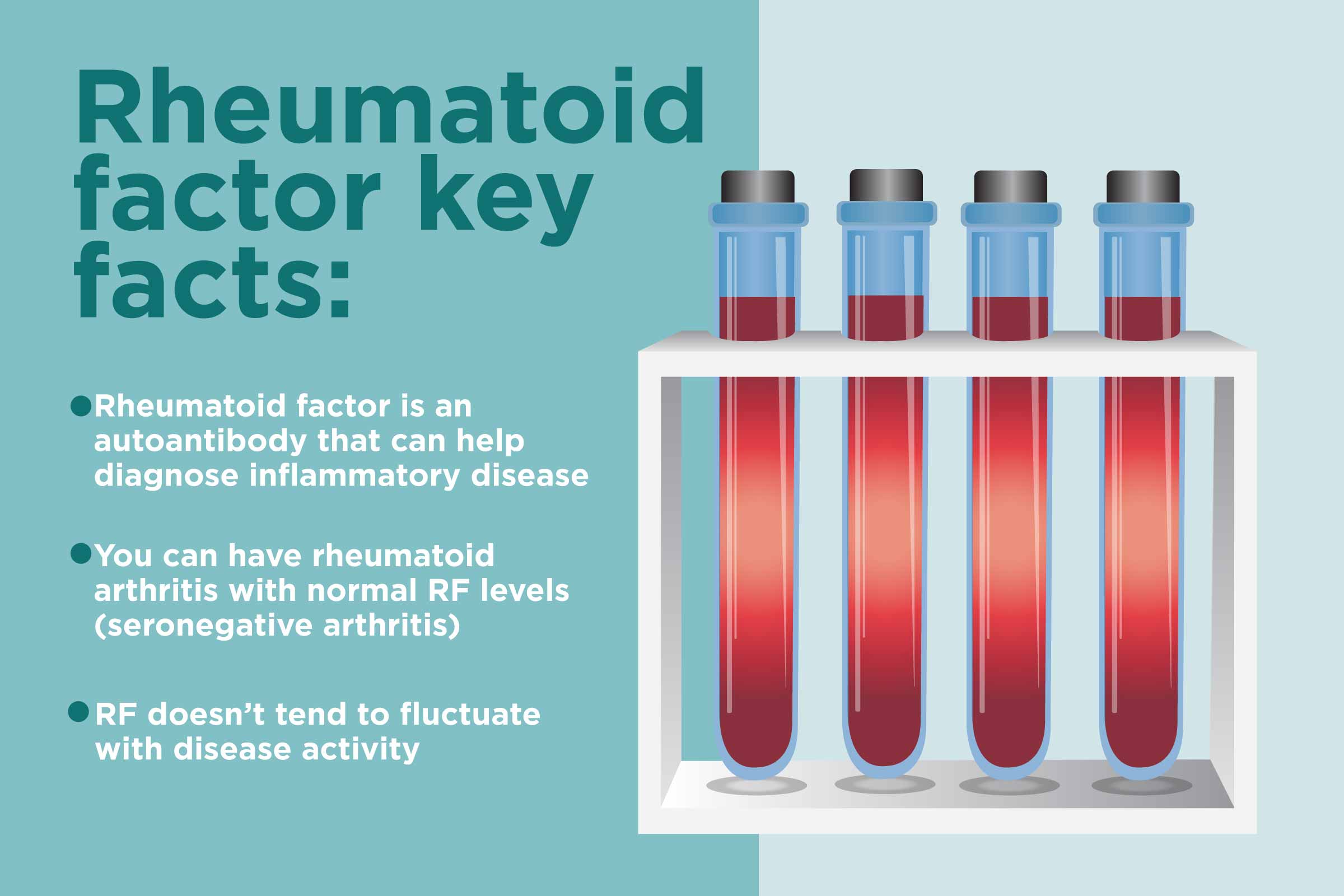
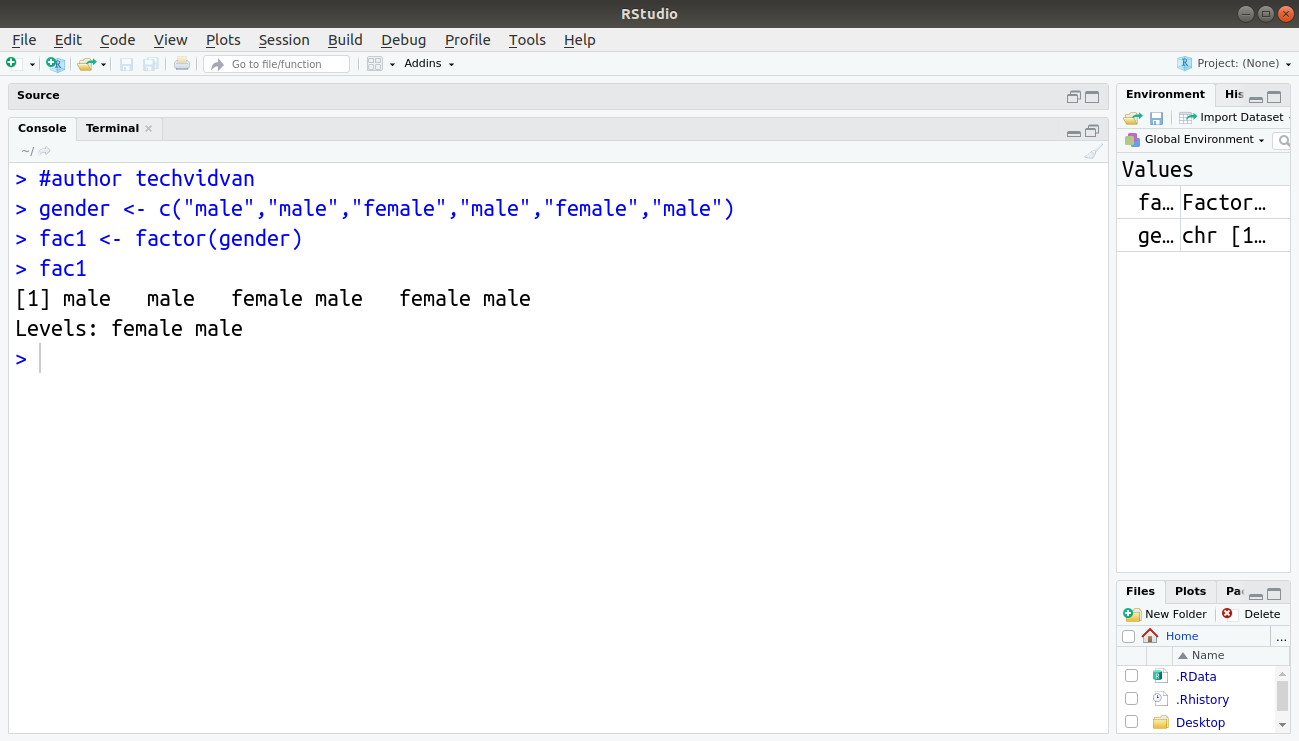

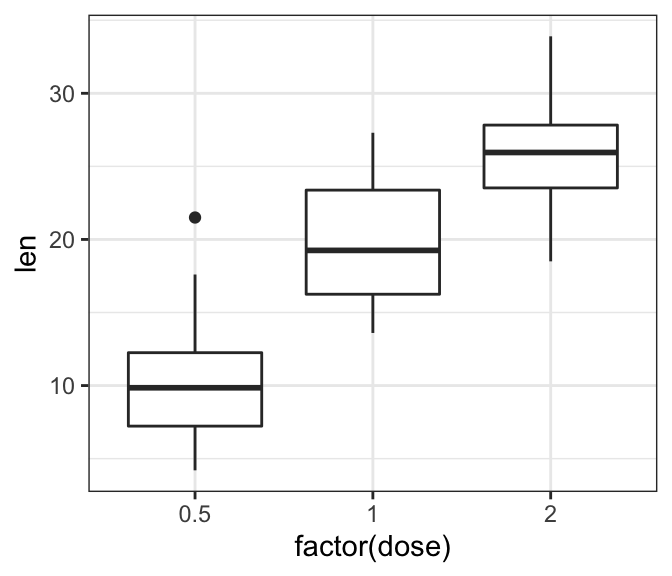
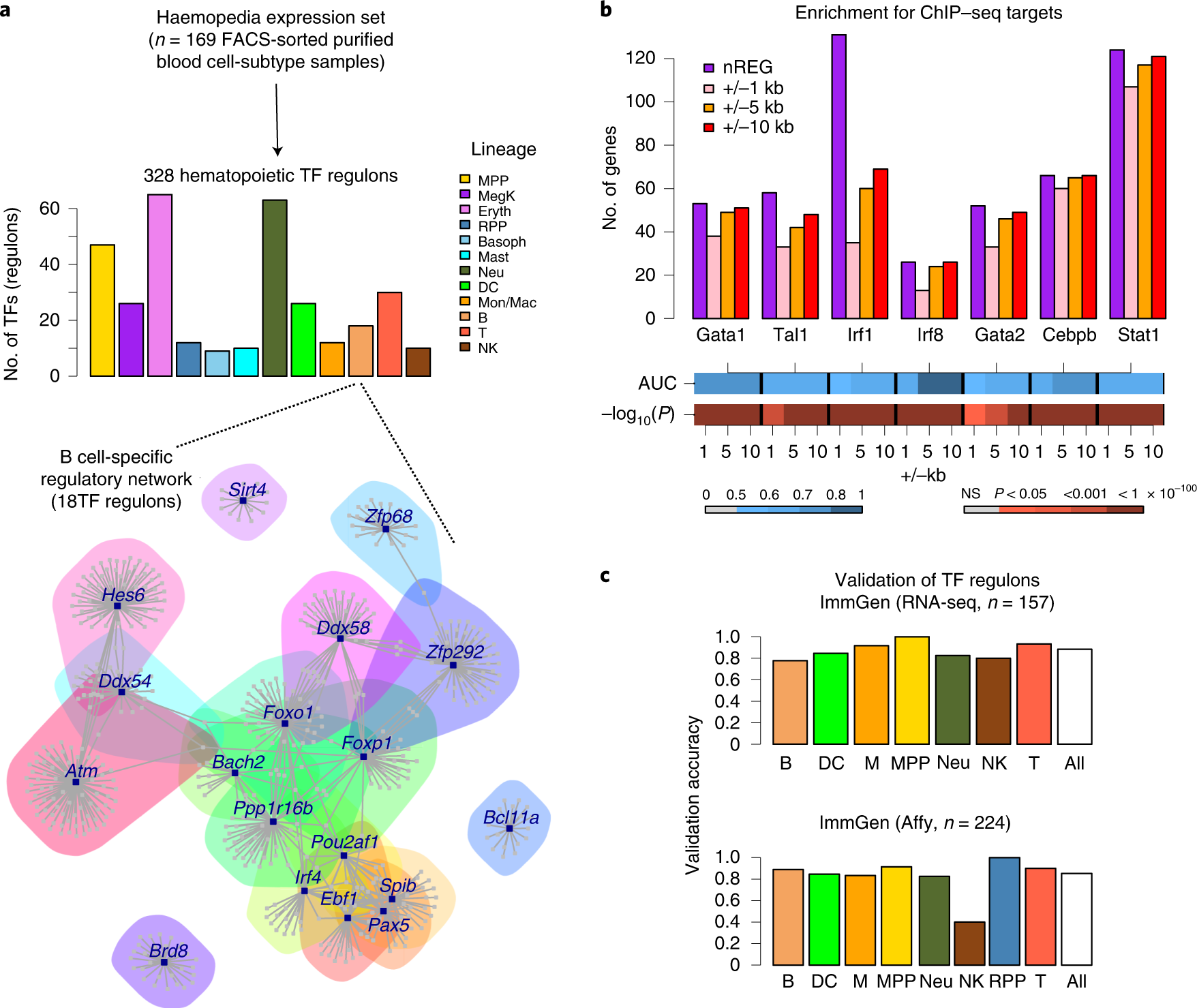




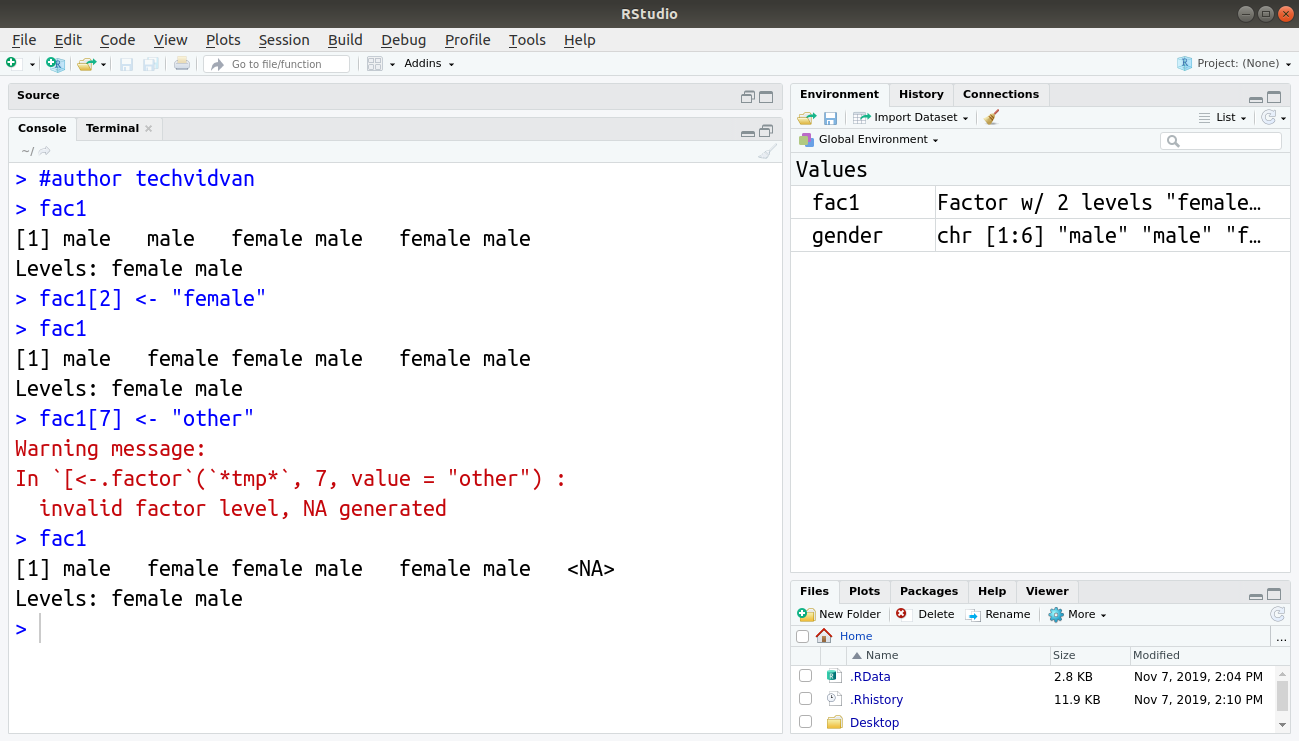



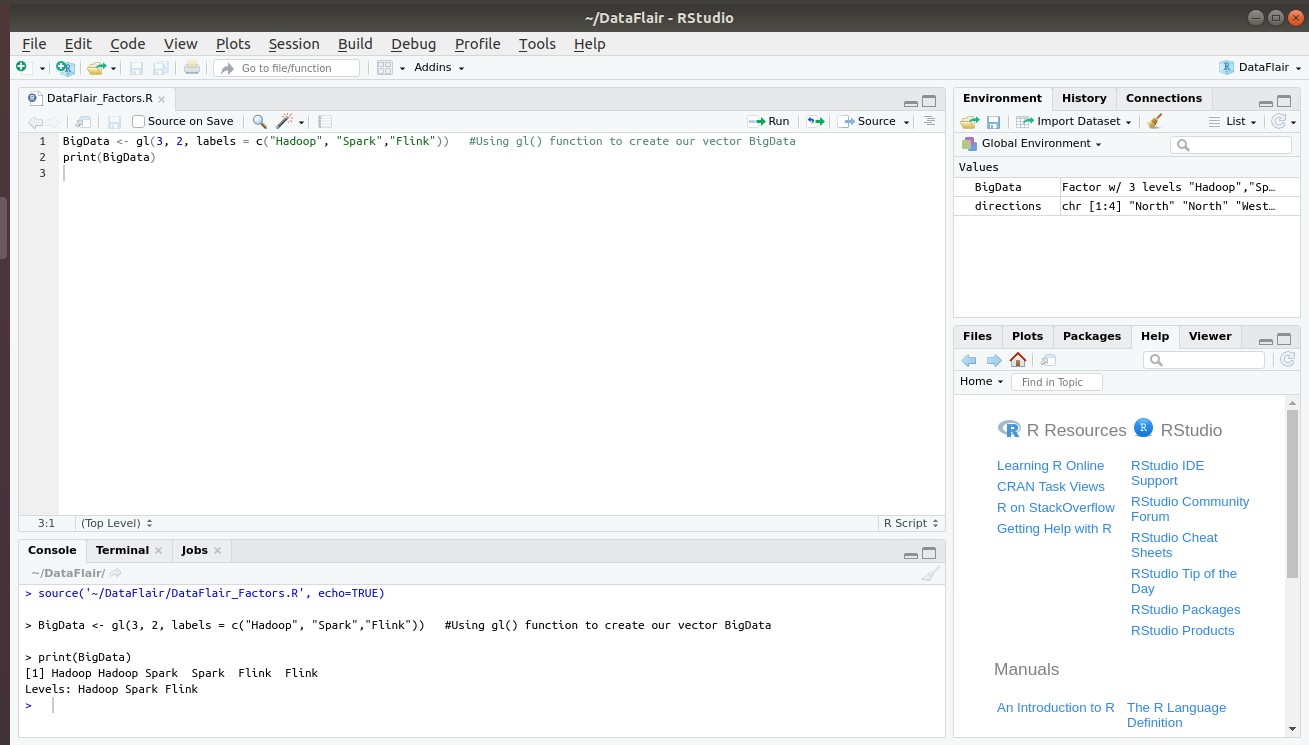




Post a Comment for "42 change factor labels in r"